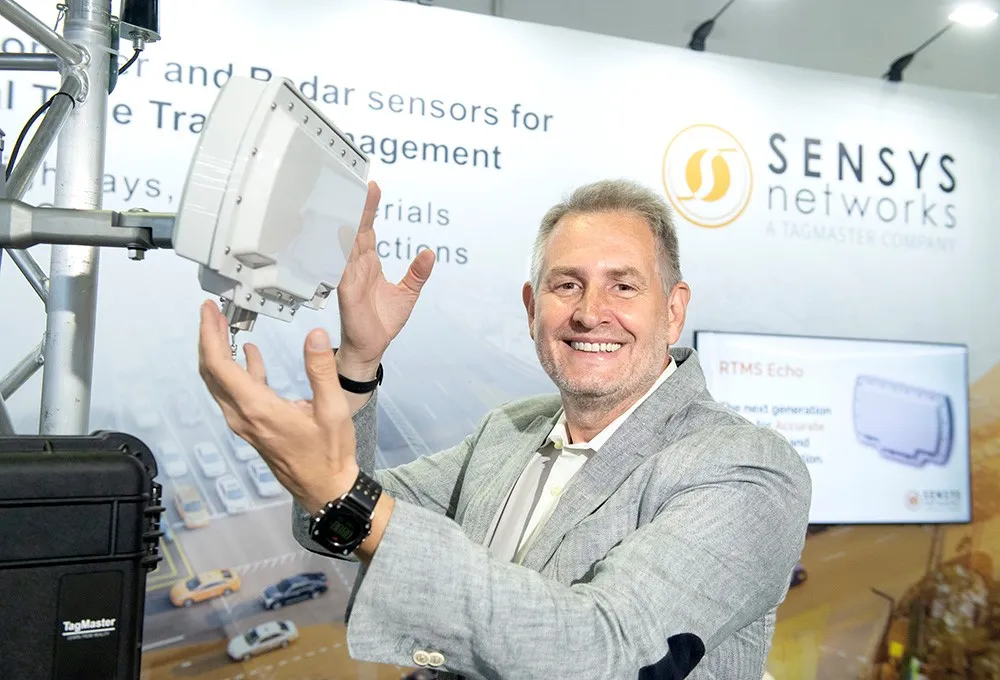JAI is launching two new high dynamic range CMOS cameras, the TS-4032EN (monochrome and TSC-4032EN (colour), tailored to demanding vehicle imaging and vehicle recognition applications in electronic toll collection, open road tolling, journey time information, speed enforcement, red light enforcement and homeland security.
July 26, 2012
Read time: 2 mins
The new cameras are based on a 43.3mm progressive-scan CMOS sensor providing over three megapixels of resolution (2,048x1,628 active pixels). This enables them to cover more than a full traffic lane with a vertical field of view of 3.7m.
The devices feature no-smear technology eliminating blooming and loss of license plate data due to problems with sun glare or glint. In addition, JAI says that the CMOS sensor's inherent high dynamic range of 66dB, combined with excellent near-IR sensitivity, and a signal-to-noise ratio of greater than 58dB, provides for high image quality in both daylight and night-time conditions.
When coupled with the company's external light sensor technology in a full system configuration, the cameras' dynamic range is significantly increased. The devices also feature internal JPEG compression, automatic FTP transmission of captured images to a file server, and internal clock synchronisation via the Network Time Protocol to ensure consistent date/time stamps in multi-camera installations. A built-in PowerPC processor running real-time Linux OS simplifies the process for in-field maintenance and firmware upgrades.









